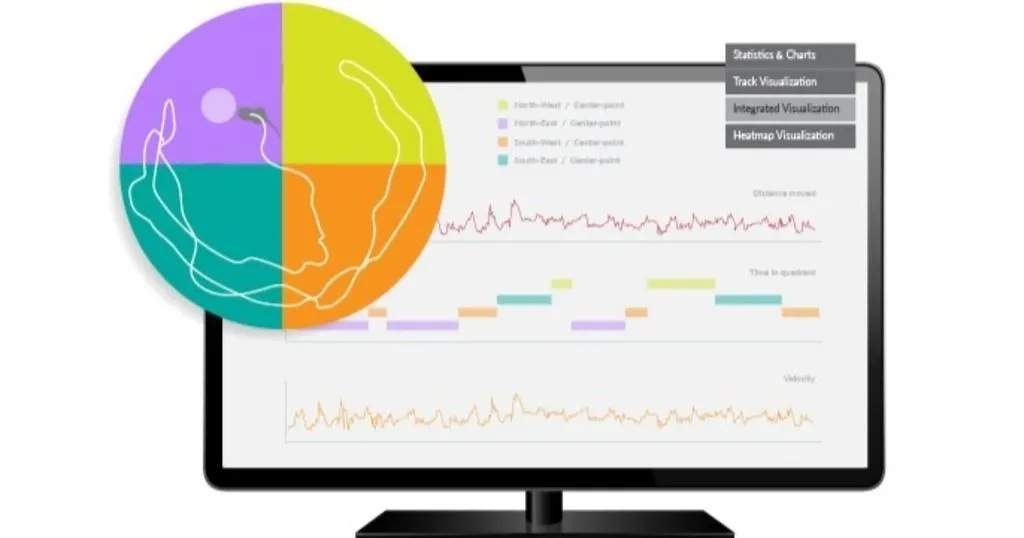The many uses of the PhenoTyper
With its new top unit, the PhenoTyper is even more versatile than before. Follow in the footsteps of those who have already added the PhenoTyper to their lab and learn all about its varied applications.
Posted by
Published on
Thu 01 Feb. 2024
Topics
| Anxiety | Circadian Rhythmicity | Novel Object Test | Open Field | Optogenetics | PhenoTyper | Rats |
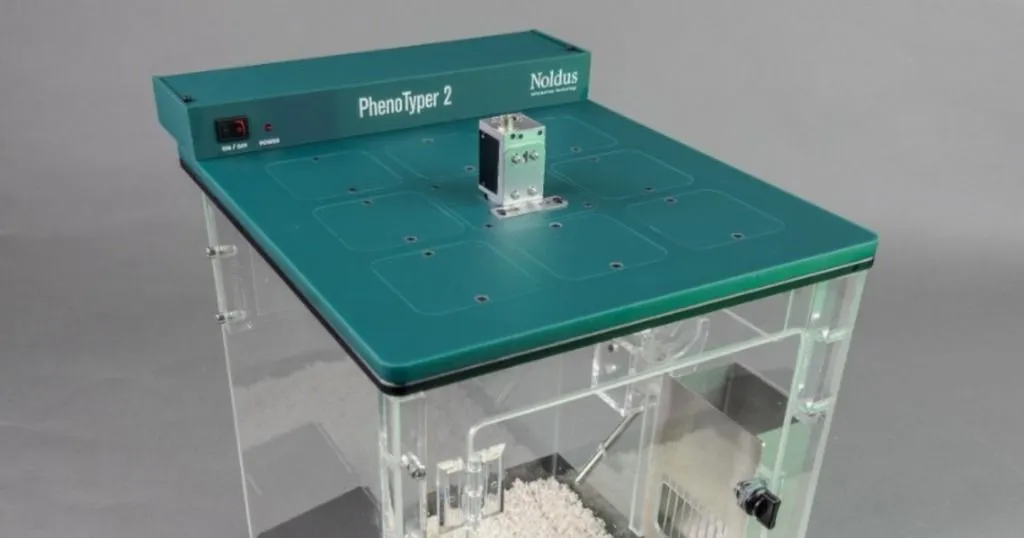
PhenoTyper is more than just a cage, it's the perfect standardized environment for behavioral testing. Paired with EthoVision XT, it becomes a complete, automated solution for both short-term studies and long-term home cage experiments.
EthoVision XT controls every aspect of the PhenoTyper setup, from video tracking and behavior recognition to precise hardware control. Whether you're running cognitive tasks, monitoring circadian rhythms, or designing complex learning protocols, this integrated system adapts to your research needs.
However, you might be wondering; "what are the research applications of the PhenoTyper?", "and what can I achieve with this powerful combination? In short: PhenoTyper 2 can be adjusted to facilitate a great variety of tests!
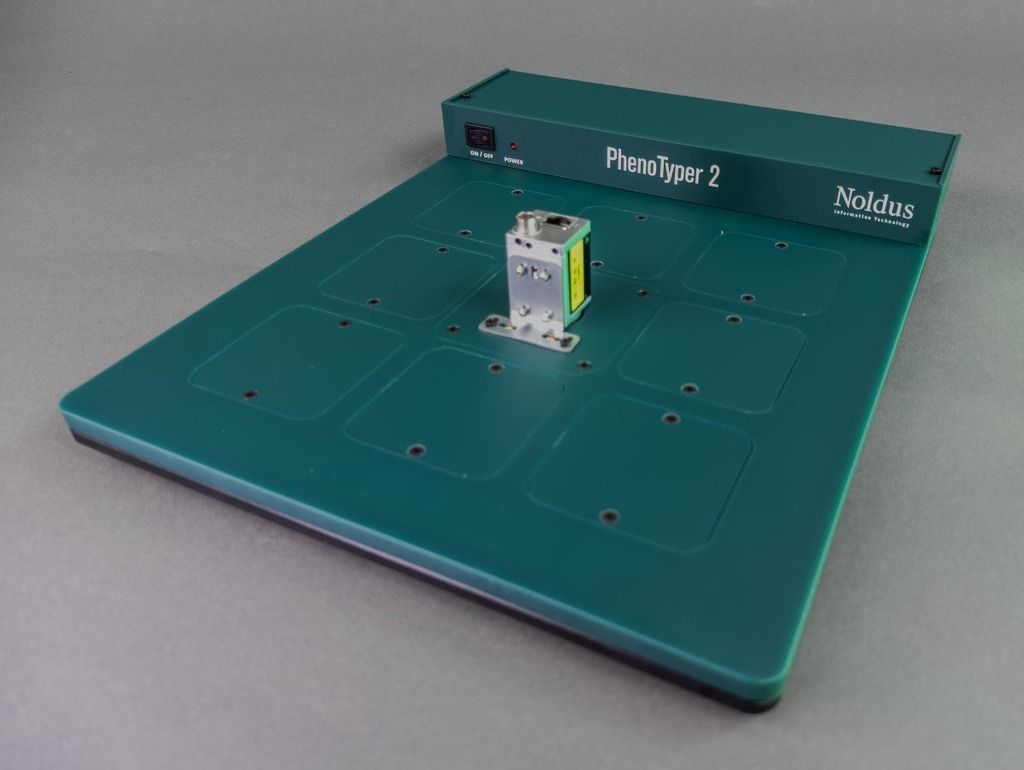
Long term behavioral recording
The PhenoTyper is an ideal environment for long term behavioral testing. Rodents can spend hours, days, or even weeks in the PhenoTyper with no, or minimal human interference. This limits the stress an animal experiences from observers or handlers during an experiment. Moreover, there are many different long-term studies that can be performed, like learning tests and circadian rhythm analysis.
Circadian rhythm tracking
If you want to get the full picture of an animal’s behavior, observing the animal throughout the day is a very good way to gain insight into the diurnal variations in behavior. Rats and mice are nocturnal animals. Therefore, observing them only during the day influences the outcome of activity testing. If your read-out parameters include behaviors like activity, drinking and eating behavior or use of enrichment like wheels, it is important to consider the difference time of day will have on these behaviors.
The design of the PhenoTyper lends itself perfectly to observing a rodent for a continuous amount of time. Since everything can be automated using EthoVision XT, which is the engine of the PhenoTyper, a rat or mouse can be observed for a long time without a human observer entering the room.
Need to measure additional, non-standard, parameters? For example food and drinking behavior? The PhenoTyper has many add-ons that include easy integration in EthoVision XT for synchronised behavioral readouts:
- LickoMeter for measuring drinking behavior (detects change in capacitance, does not involve a current flow passing through the animal!).
- Food pellet dispenser (for reinforcement-based conditioning tasks or timed feeding).
- Mouse Feeding Monitor: beam break system for monitoring mouse interactions with a stainless-steel feeder.
But also cage enrichment such as
- Shelter with IR translucent black Plexiglas: this means you can see through this black material with IR lighting and a camera. A rodent perceives this as dark since they cannot detect light within the infrared wavelength range.
- Wheels for mice and rats for measuring activity and cage enrichment.
- Cognitive test addons, such as the CognitionWall.
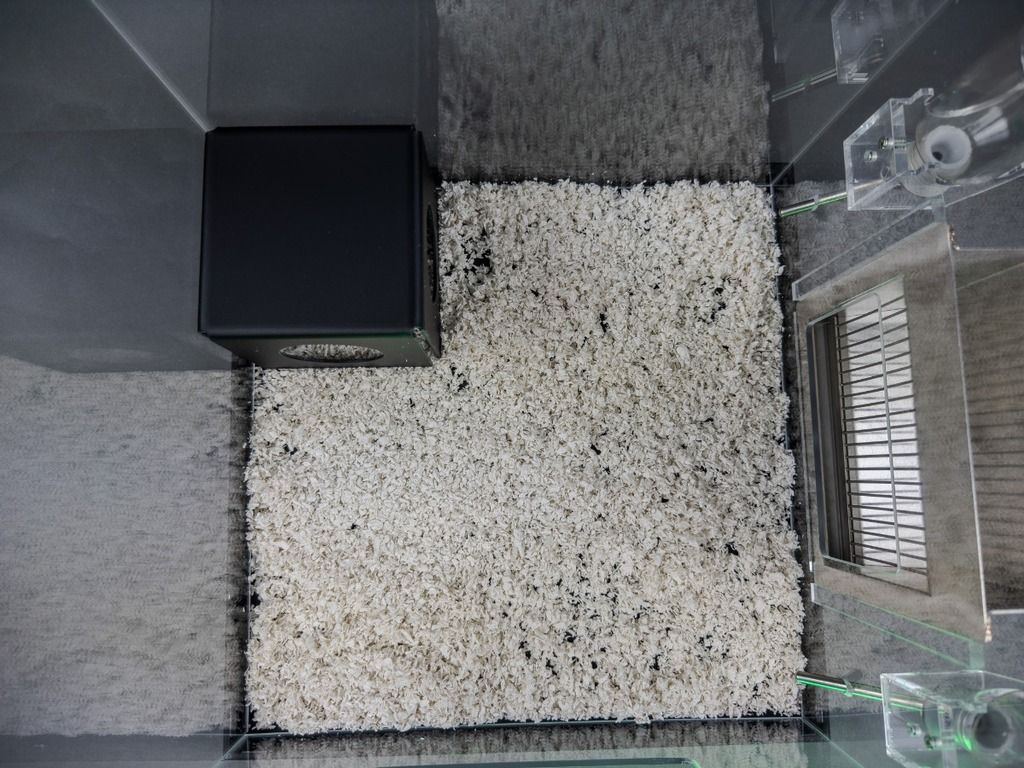
CognitionWall cognitive learning test
Even though learning tests are often standardized, and commonly performed using short-term testing paradigms, learning, memory, and cognition can also be measured in long-term set ups. The CognitionWall is a test that can assess learning and reversal learning behavior and can be fully automated using EthoVision XT. The CognitionWall is a plastic barrier with three holes and a pellet dispenser behind it. The animal must enter a specific hole to gain a food reward, this way the rodent learns how to get a reward.
Want to know more about how CognitionWall can be used in practice? Then check out this recent blog post.
Short observational tests
The integrated cage design of the PhenoTyper also lends itself perfectly to a variety of short-term tests. The PhenoTyper can easily be adapted to fit the needs of those tests, while retaining its reliability and data consistency.
Open field
If you want to measure exploratory behavior, for example in relation to anxiety, the PhenoTyper is a great environment to test this type of behavior. One such test is the open field test. In this test an animal is placed in a novel environment and several behavioral parameters are recorded. These readouts like total distance moved (and in which zone it moved, and how many times it crossed zones), defecations, and other behaviors like stretching and rearing are indicative of the rodents’ emotional state.
Square or round open field?
One might make the argument that a round field is better than a square field but in practice this doesn’t seem the case (Grabovskaya and Salyha). Moreover, with EthoVision XT and the uniform design of the PhenoTyper, your tests are consistent and easy to perform. This decreases variability between tests, and therefore, increases your data quality. Since the introduction of the PhenoTyper, hundreds of publications have used the PhenoTyper to perform the open field test. If you want to know more about the open field test or other rodent behavioral tests, be sure to check out our basic behavioral neuroscience e-book.

Novel object & place recognition test
Memory and cognition are very important subjects in research concerning neurodegenerative diseases like Alzheimer's disease. However, measuring these parameters can be difficult and a variety of tests exist to test this.
- One such test is the novel object recognition test. Typically performed in a similar area to the open field test, this experiment tests the Perirhinal cortex functioning of the rodent.
- Another test that is similar to the object recognition test is the novel place recognition test. This experiment focuses on spatial memory and is therefore more about hippocampal functioning.
As with the Open field test, the PhenoTyper’s uniformity lends itself perfectly to performing these tests. Placement of objects in the cage can be perfectly measured and zones around the object can easily and consistently be drawn with the help of EthoVision XT.
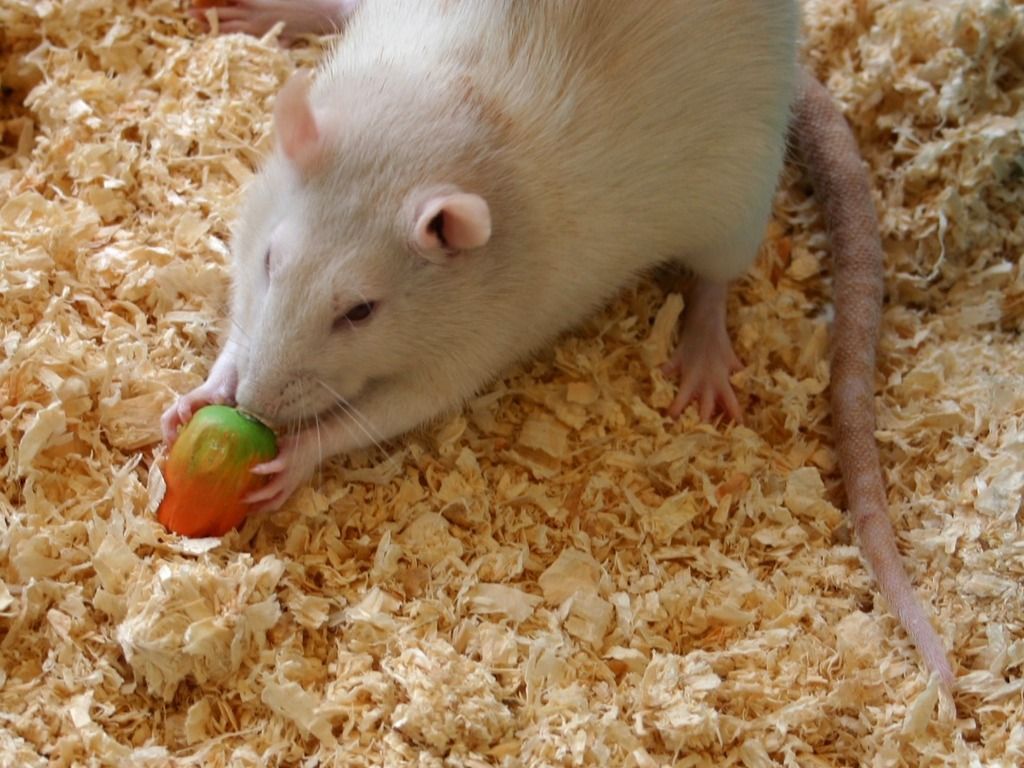
Accommodating tethered animals
Performing behavioral tests with tethered animals can sometimes be difficult. The new PhenoTyper 2 top unit has been designed with accommodating tethered animals in mind. Researchers might use tethered animals during calcium imaging or optogenetic studies.
Using the PhenoTyper for Calcium imaging studies
In calcium imaging studies, fluorescent calcium indicators are introduced into neurons, allowing researchers to visualize changes in intracellular calcium levels in real-time. Tethered animals are typically equipped with miniature microscopes or imaging probes that capture neuronal activity as the animal performs specific tasks or experiences sensory stimuli.
By leveraging the capabilities of calcium imaging, researchers can:
- Map neural circuits,
- Decode neural representations.
- Investigate the neural basis of various cognitive processes and behaviors.
This approach has broad implications for understanding brain disorders, neuroplasticity, and the mechanisms underlying learning and memory.
Optogenetics in the PhenoTyper
In optogenetic experiments, pulses of light delivered through the optic fibers trigger the activation or inhibition of neurons in real-time. This precise control enables researchers to elucidate the causal relationships between neural activity patterns and behavioral outcomes. Tethering ensures that the animal's movements are restricted, allowing for precise monitoring and control during optogenetic stimulation.
Both optogenetic and calcium imaging studies have been performed in the original PhenoTyper. However, the design of the new top unit makes performing studies with tethered animals even easier. The central camera module can be fitted with holes in which you can feed all the cables needed for optogenetic and calcium imaging studies. This, in combination with with the automatic behavioral tracking from EthoVision XT, makes for a robust way to measure the behavior of rodents while performing optogenetics.
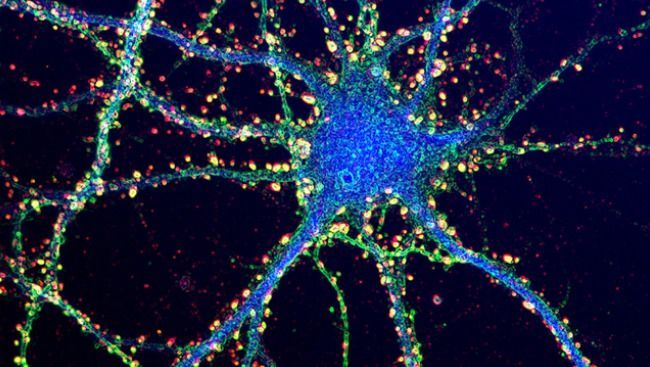
Anxiety testing
Anxiety testing in rodents using PhenoTyper opens up a realm of possibilities for researchers seeking an understanding of behavioral responses. The PhenoTyper, equipped with its versatile features, allows for the incorporation of mild aversive stimuli, providing a nuanced exploration of anxiety-related behaviors in rodent models.
Automatic stimuli
One approach to anxiety testing involves the use of automatic triggers, such as illuminating a specific zone or activating a light over the food hopper when the animal has been engaged in eating or drinking for a defined period. This subtle manipulation introduces mild aversive stimuli, allowing researchers to observe how rodents respond in these situations within the controlled environment of the PhenoTyper.
With the new PhenoTyper 2 top unit, you will, in the future, be able to slot in specific modules that can give these aversive stimuli, like lights or sounds. This makes sure that the PhenoTyper is always tailored to your specific experiment.
Curious about the practical application of anxiety testing in the PhenoTyper? Dr. Thomas Prévôt from the University of Toronto provides valuable insights into their laboratory's methodology. In a captivating video, he explains how they use the PhenoTyper to conduct anxiety tests.
Check out what the PhenoTyper can do for you!
In conclusion, having a PhenoTyper system enables you to do a great variety of tests. And even though this list that we present here is not complete, it gives a great impression into the many uses of the PhenoTyper. If you want to learn more about the PhenoTyper 2’s new features, then check out our what’s new page. Or if you want to explore how PhenoTyper is used in the field, you can check out the resources page.
Related Posts
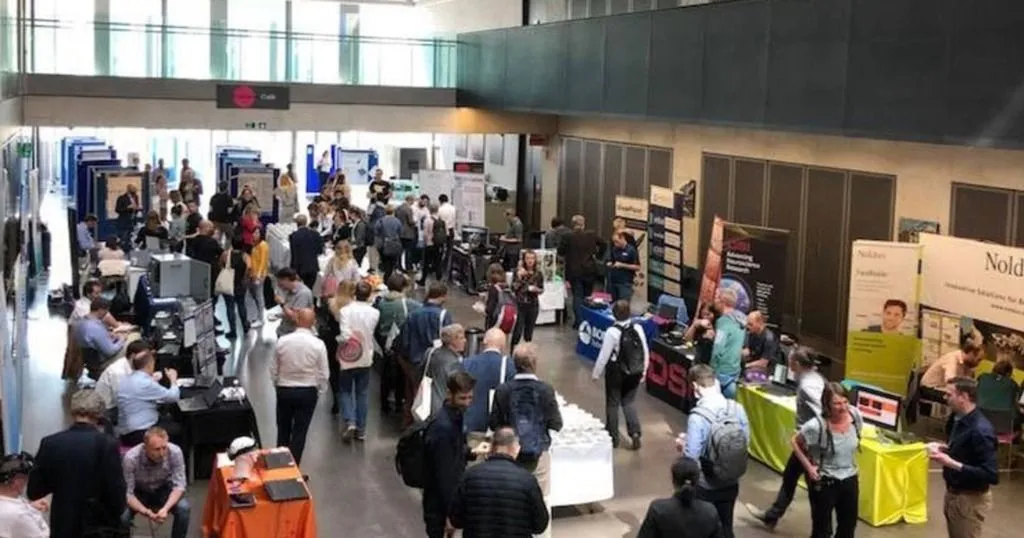
Many ways to measure behavior
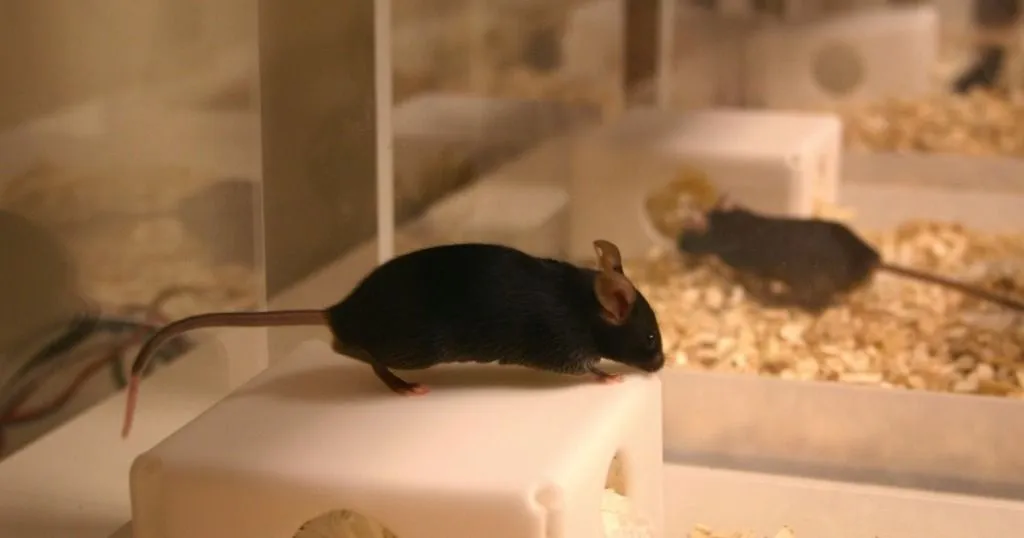
Mice in the spotlight: why you should perform your tests in a home cage
